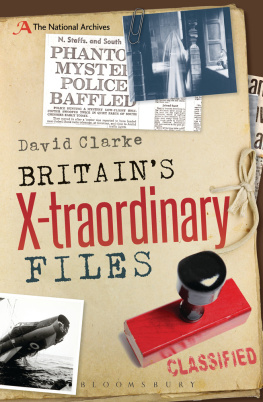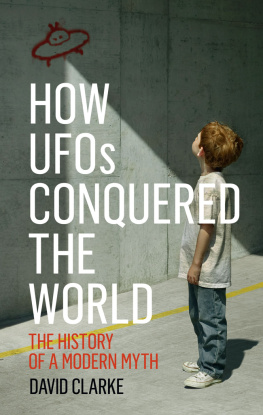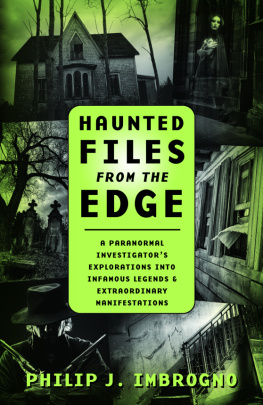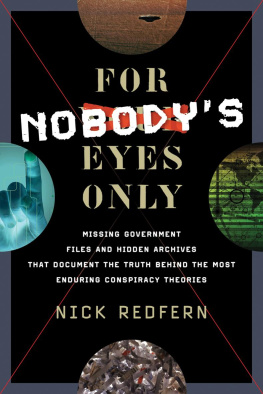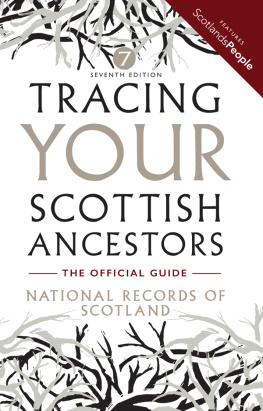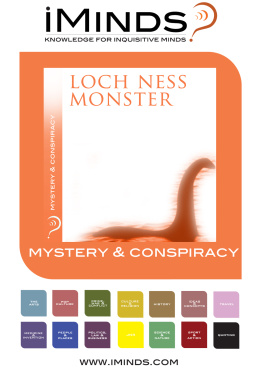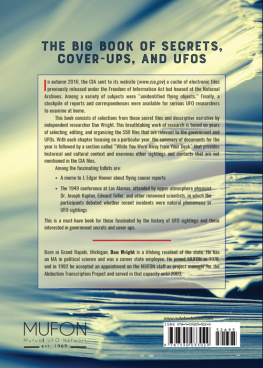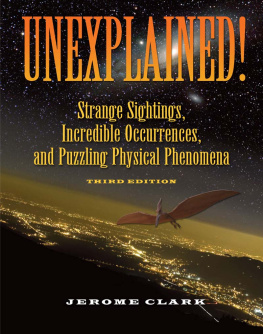I am very grateful to the numerous individuals and members of staff at archives, libraries and other public institutions who have assisted in the research for this book, especially reference staff at The National Archives, The British Library and the Imperial War Museum.
In particular I would like to thank Laura Simpson and Ed Field at The National Archives, Kew, and Alison Lindsay at The National Archives of Scotland, Edinburgh; the staff at The British Library reading rooms, St Pancras and the Newspaper Library at Colindale; Daisy Dalrymple at The Natural History Museum, London; Bridget Gillies of Archives and Special Collections, University of East Anglia; Valerie Hart of the Guildhall Library, London; and Sarah Ralph of Inverness Reference Library.
Individuals who deserve special mention for sharing material, providing references and supporting this project include Mark Pilkington, Andy Roberts, Bob Rickard, Janet Bord, Mark Vivian, Gary Anthony, Joe McGonagle, Ian Ridpath and Nick Redfern.
For assistance in providing and sourcing images, many thanks to the Fortean Picture Library, Mary Evans Picture Library, The National Archives, The National Archives of Scotland, The British Library, Warwickshire County Records Office, West Glamorgan Archive Service, , Edinburgh Castle and the late James Templeton.
The UFO Files: The Inside Story of Real-life Sightings
What does all this stuff about flying saucers amount to? What can it mean? What is the truth? Winston Churchill, Prime Ministers personal minute, 29 July 1952.
Original records newly released by the Ministry of Defence and now held at The National Archives in Kew reveal how British Intelligence and the CIA investigated many Cold War sightings, from the Roswell incident of 1947 to ghost aircraft, Radar Angels to the RAFs confidential files. The UFO Files sheds new light on many famous cases, such as RAF Topcliffe, 1952; the Flying Cross in Devon, 1967; RAF West Freugh, Scotland, 1957; and, the Berwyn Mountains UFO crash and the Phantom Forest incident. Dramatic Witness statements and personal interviews many undertaken by David Clark himself combine with rarely seen photographs, drawings and newly available documents to offer a unique guide to our most intriguing mysteries.
CHAPTER 1
The Angels of Mons
...the threatening sky, the restless symmetrical movements...the whole scene reminded me in some strange way of Miltons description of the legions of dark angels practising for giant warfare with St Michael on the plains of Hell...
Captain Arthur Osborn of the 4th Dragoon Guards, BEF, describing the retreat from Mons to Le Cateau, 24/25 August 1914
The Angels of Mons was the most popular and inspiring legend to emerge from the First World War. At a time of great national crisis it inspired thousands to carry on the struggle against Germany, in the belief that God was fighting on the side of the British troops. The battle of Mons in Belgium was the first action British soldiers had fought on European soil since the Duke of Wellingtons troops defeated Napoleons forces at Waterloo in 1815. In August 1914 a small Allied force was all that stood in the way of a numerically superior German army and the tactical victory they achieved seemed, at the time, to be nothing short of miraculous. There are many versions but the basic story is that the British Expeditionary Force (BEF) were surrounded by the advancing Germans. At this moment of peril a shining figure (or figures) in white appeared, causing the enemy to hesitate or withdraw in confusion. This vision appeared to throw a protective curtain around the BEF, saving it from annihilation. Today the story sounds like a modern version of a medieval legend, but in the dark days of 1915 many thousands of people across the world accepted it as a fact. During the war it became unpatriotic, even treasonable, to doubt it. The Angels of Mons brought hope to the Home Front and comforted those who wanted to believe the British Army was fighting a just cause on behalf of God, king and country against a ruthless and godless enemy.
By the end of the war the angels had become the centre of a small cottage industry and an integral part of national folklore, to be invoked just a few decades later when the UKs armed forces faced new perils at Dunkirk and during the Battle of Britain. Sermons were preached about the angels, paintings were produced of scenes from the legend and poems written. Many books, pamphlets and tracts were published arguing for their existence. The legend was set to music and became the theme of one of the first silent movies produced in 1915 (now lost). Written and oral histories of the war testify to its popularity among ordinary soldiers and their families. The historian A.J.P. Taylor was so impressed by the evidence that he felt confident referring to Mons, in his seminal 1963 history of the Great War, as the only battle where supernatural intervention was observed, more or less reliably, on the British side.
The battle of Mons was not the first time that supernatural intervention had occurred on the battlefield, and nor were the British especially singled out for supernatural assistance. This theme can be traced back thousands of years into the myths, legends and oral traditions of many peoples. Similar stories occur in the Greek myths and in the Illiad , the gods frequently intervene on behalf of favoured humans. Herodotus describes two occasions when supernatural beings appear in battle to pursue and slay enemy soldiers during the Persian Wars. Three centuries later, soldiers fighting for King Henry V were encouraged by a vision of the saint who appeared in the sky, leading on the English and Welsh archers at the battle of Agincourt.
The medieval genre that depicted both St George and St Michael as warrior angels, protecting Christian soldiers, re-appeared as powerful images in Victorian art and culture. By the 20th century, belief that supernatural forces would intervene on the side of the British at times of peril or danger in battle was deeply implanted in the national psyche, so much so that it re-emerged in the middle of a ferocious modern war, fought on an industrial scale with machine guns, aircraft and poison gas. To understand the origins of the legend it is necessary to examine the primary evidence in the accounts of the battle of Mons and its immediate aftermath. Although there is no specific reference to the appearance of angels in the records of the British Army in Flanders, the story is mentioned in diaries, memoirs and oral testimonies in the archives of the Imperial War Museum.

Ghostly Bowmen from Agincourt appear above British Trenches, defending troops against the German Army at the Battle of Mons, Belgium, in August 1914, depicted by artist Arthur Forrestier (Courtesy of The Fortean Picture Library)
The battle of Mons
Britain declared war on Germany on 4 August 1914. Within days an 80,000-strong force composed of four infantry divisions and one cavalry division under the command of Sir John French crossed the English Channel to support the French 5th Army. The German High Command had anticipated the Allied strategy and under the Schlieffen Plan had already mobilised two million troops. German armies stormed through neutral Belgium, sweeping across the frontier. Their aim was to encircle and capture Paris, forcing France to surrender within a matter of weeks. The speed of the advance and the size of the German armies took the Allies by surprise and the French forces fell into a retreat. This left the small but well-trained BEF to make a stand outside the Belgian city of Mons against 14 German divisions. It should have been a massacre, but the small British force appeared to have survived the collision, as if by a miracle, or so it seemed back in the UK at the time.
Next page
